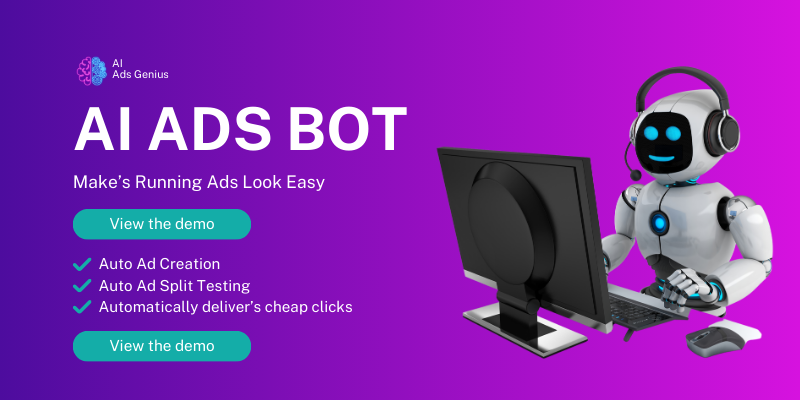Understanding the Basics of Retargeting
What is Retargeting?
Retargeting is essentially a way to re-engage users who have interacted with your website. Think of it like sending a friendly reminder to those folks who might have shown interest but didn’t quite make a purchase. It’s a gentle nudge, saying, ‘Hey, remember us? We have what you need!’
The concept works through the use of cookies, which track user activity across the web. Once someone visits your site, they’re tagged, and you can serve them ads wherever they go online. It’s a powerful tool for brand recall.
Many marketers, including myself, have witnessed firsthand how impactful retargeting can be. To define it simply, retargeting is more than just advertising; it’s about building a relationship with potential customers.
How Long to Retarget Website Visitors
The 30-Day Rule
From my experience, a common practice in the industry is to run retargeting ads for about 30 days after someone visits your site. This timeframe keeps the interaction fresh in their minds. If the user came close to purchasing, 30 days might just be the magic number to seal the deal.
This timeframe isn’t set in stone, though. Depending on your industry—say, if you’re selling tickets for a concert or a one-time event—you might want to shorten this window. For products with longer buying cycles, extending this period can be more beneficial.
Just think of it as an invitation: You don’t want to overstay your welcome, but you also want to give them enough time to think about it. That balance can sometimes make or break your ad strategy.
Consider Your Audience’s Behavior
Different Industries, Different Needs
One thing I’ve learned is that the nature of your audience highly influences how far back you should retarget. For instance, fashion retailers might find their customers are ready to buy within a week of visiting, while someone buying a car might take months to decide.
In sectors like e-commerce, shorter retargeting windows can work wonders. Conversely, in B2B or high-ticket items, extending the timeframe allows for ample consideration.
This is where analytics come into play. Pay close attention to user behavior on your site. If I notice users frequently returning after 45 days, I adjust my campaigns accordingly. It’s all about reading the room!
Crafting Your Message
Personalizing Ads
When it comes to retargeting, I can’t stress enough the importance of personalization. You want users to feel like you’re speaking directly to them instead of getting mixed messages.
For instance, if someone browsed shoes but didn’t purchase, I’d show them ads for the specific shoes they looked at. This tailored approach vastly improves engagement rates and keeps your brand relevant in consumers’ minds.
Experimenting with different creative formats is also a great idea. Whether it’s a carousel ad showcasing various products or a straightforward reminder ad, changing things up can keep your audience intrigued.
Analyzing and Adjusting Your Strategy
Track Performance Metrics
Finally, to know how well your retargeting efforts are working, tracking performance metrics is essential. A while back, I realized I had to (re)evaluate my approach to retargeting based on hard data, not just gut feelings.
Key metrics include click-through rates (CTR), conversion rates, and return on ad spend (ROAS). By analyzing these, I can see which ads perform well and which ones need tweaking.
Regularly assessing this data also helps me to adjust retargeting windows when necessary, ensuring I’m always in tune with my audience’s buying habits.
FAQs
What is the benefit of retargeting ads?
Retargeting ads remind users of your brand after they’ve shown interest, increasing the chance of conversion. They keep your products top-of-mind and can significantly boost sales.
How long should I retarget website visitors?
A common guideline is to retarget for around 30 days, but this can vary based on your industry and audience behavior. Adjust your strategy as needed according to data.
Can I personalize retargeting ads?
Absolutely! Personalizing your ads based on previous interactions creates a more engaging experience for the user and can lead to higher conversion rates.
What metrics should I monitor for my retargeting campaigns?
Key metrics include click-through rates, conversion rates, and return on ad spend. These will help you understand how effective your retargeting strategy is.
Is retargeting worth the investment?
Definitely! Retargeting can be an incredibly effective way to boost sales and brand awareness. When done correctly, it usually pays for itself over time.

